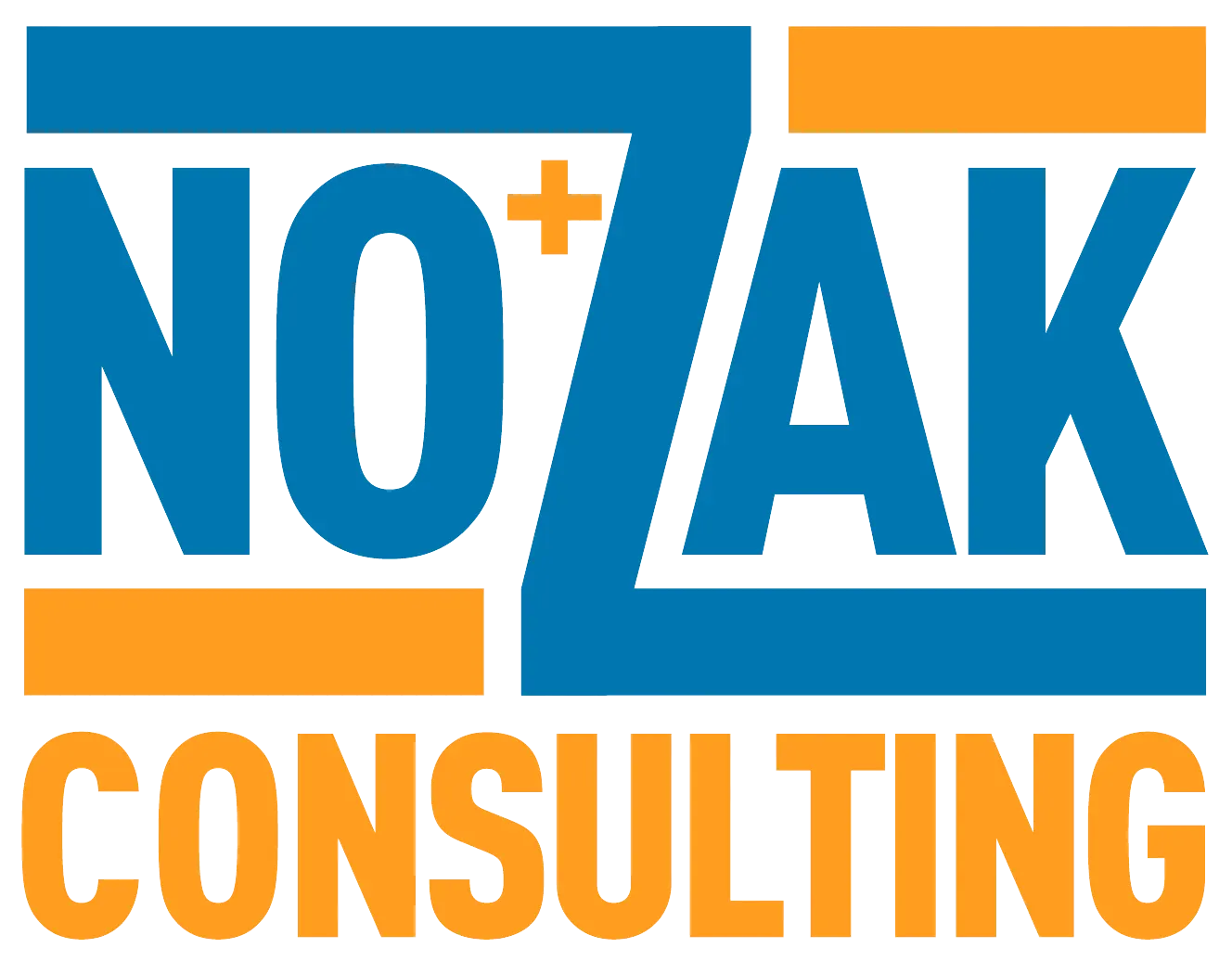In the blink of an eye, your website’s fate is sealed. Studies show that users form an opinion about a website in just 50 milliseconds. Even more crucially, 53% of mobile site visitors abandon pages that take longer than three seconds to load. In this digital age of instant gratification, page speed isn’t just a technical metric—it’s the lifeblood of your online presence.
What is Page Speed Optimization?
Page speed optimization is the process of improving the loading time and overall performance of your web pages. It involves a series of techniques and best practices aimed at reducing load times, minimizing server response times, and optimizing content for faster delivery.
Why Page Speed Matters
- Enhanced User Experience: Fast-loading pages lead to higher engagement, lower bounce rates, and increased time on site.
- Improved SEO Rankings: Google considers page speed as a ranking factor, especially for mobile searches.
- Higher Conversion Rates: Faster pages can significantly boost conversion rates across all devices.
- Mobile Performance: With mobile traffic dominating, fast-loading pages are crucial for capturing and retaining mobile users.
- Cost Efficiency: Optimized pages often consume less bandwidth, potentially reducing hosting costs.
Key Strategies for Page Speed Optimization
- Optimize Images
- Compress images without sacrificing quality
- Use modern formats like WebP
- Implement lazy loading for images
- Minify CSS, JavaScript, and HTML
- Remove unnecessary characters and whitespace
- Combine multiple CSS and JavaScript files
- Leverage Browser Caching
- Set appropriate expiry dates for static resources
- Use ETags to validate cached resources
- Enable Compression
- Use Gzip or Brotli compression for text-based resources
- Reduce Server Response Time
- Optimize server-side code
- Use a content delivery network (CDN)
- Eliminate Render-Blocking Resources
- Load critical CSS inline
- Defer non-critical JavaScript
- Optimize Web Fonts
- Use system fonts where possible
- Subset font files to include only necessary characters
- Implement AMP or PWA
- Consider Accelerated Mobile Pages for content-heavy sites
- Explore Progressive Web Apps for app-like experiences
Measuring Page Speed
To optimize effectively, you need to measure your current performance. Use tools like:
- Google PageSpeed Insights
- GTmetrix
- WebPageTest
- Chrome DevTools
These tools provide insights into your page’s performance and offer specific recommendations for improvement.
The Fast Track to Success
In today’s high-speed digital landscape, a sluggish website is more than just an inconvenience—it’s a business liability. Page speed optimization is not a one-time task but an ongoing process of refinement and improvement.
By implementing these strategies and continuously monitoring your site’s performance, you’re not just speeding up your pages; you’re accelerating your path to digital success. Fast, responsive websites lead to happier users, improved search rankings, and ultimately, a healthier bottom line.
Ready to shift your website into high gear? Don’t let slow page speeds hold you back. Implement these optimization techniques today and watch your digital presence zoom past the competition. Your users—and your business—will thank you for the smooth, swift experience.
